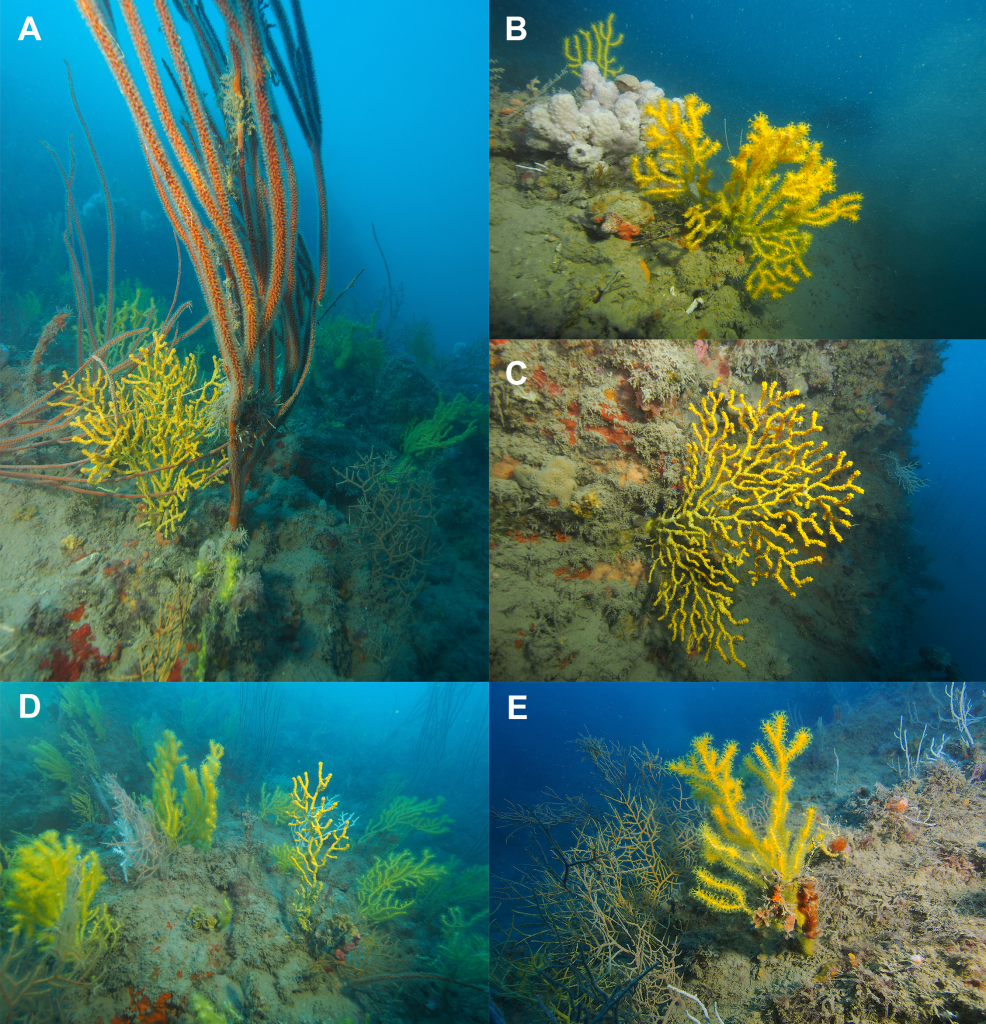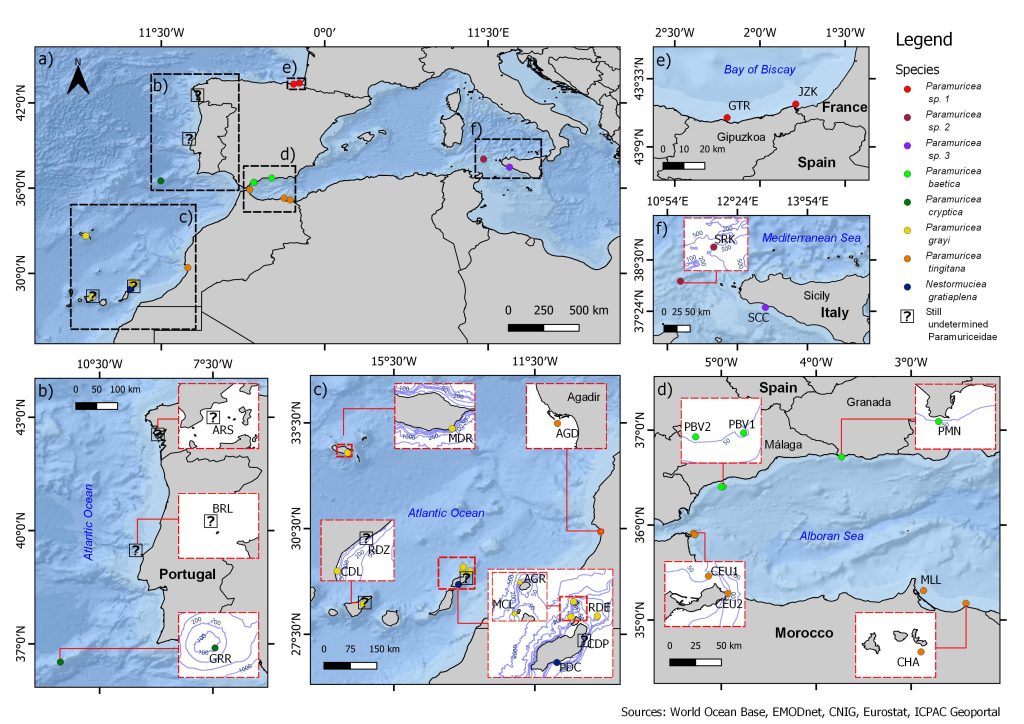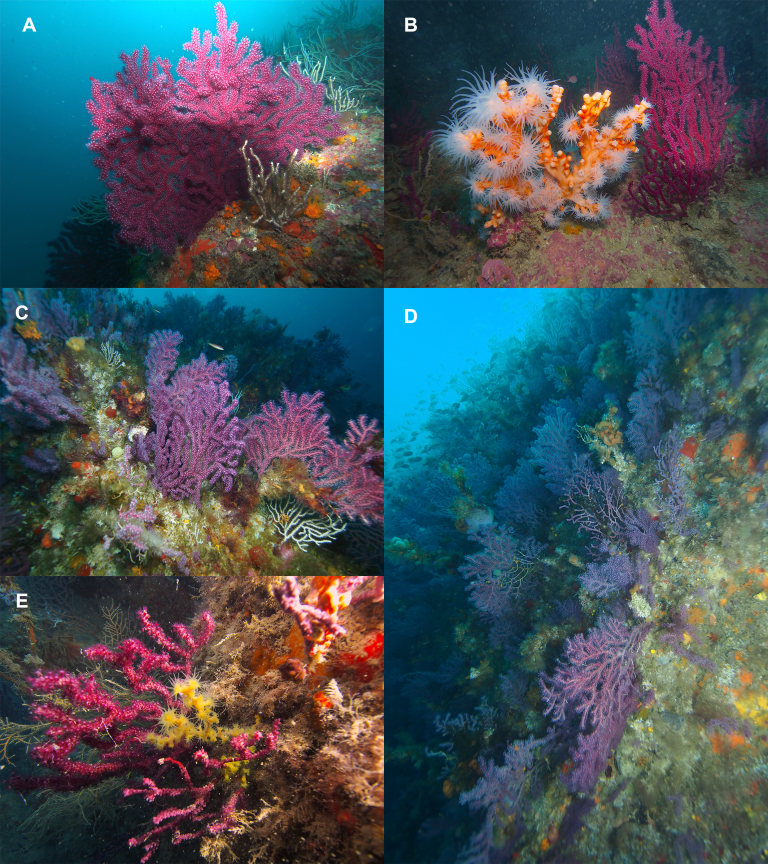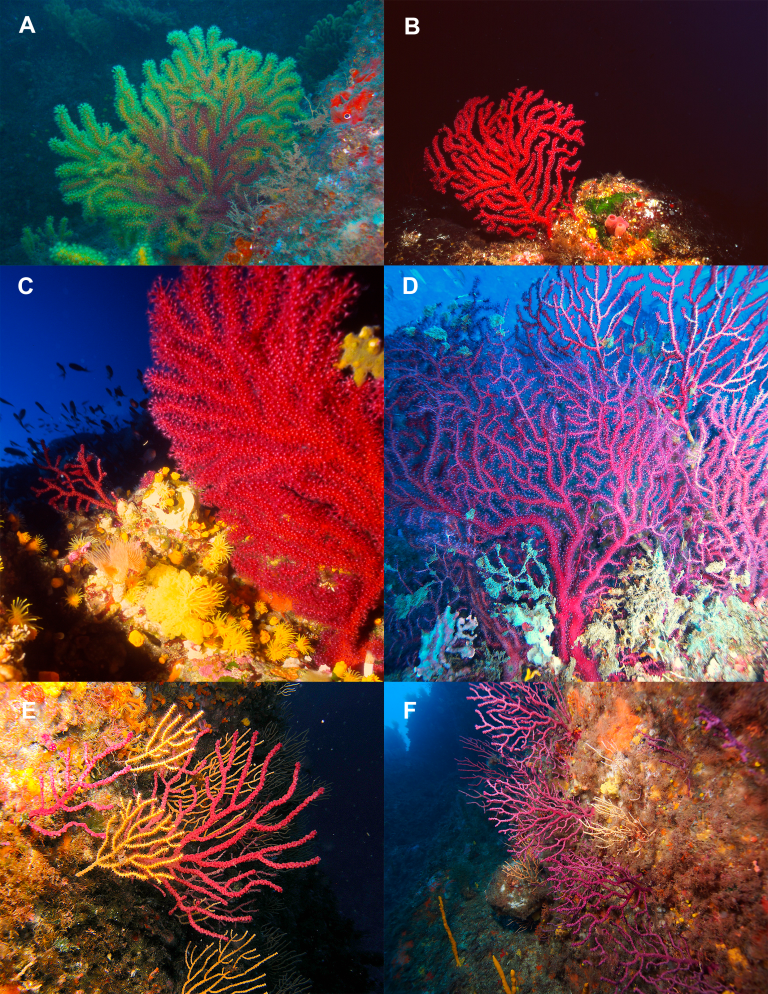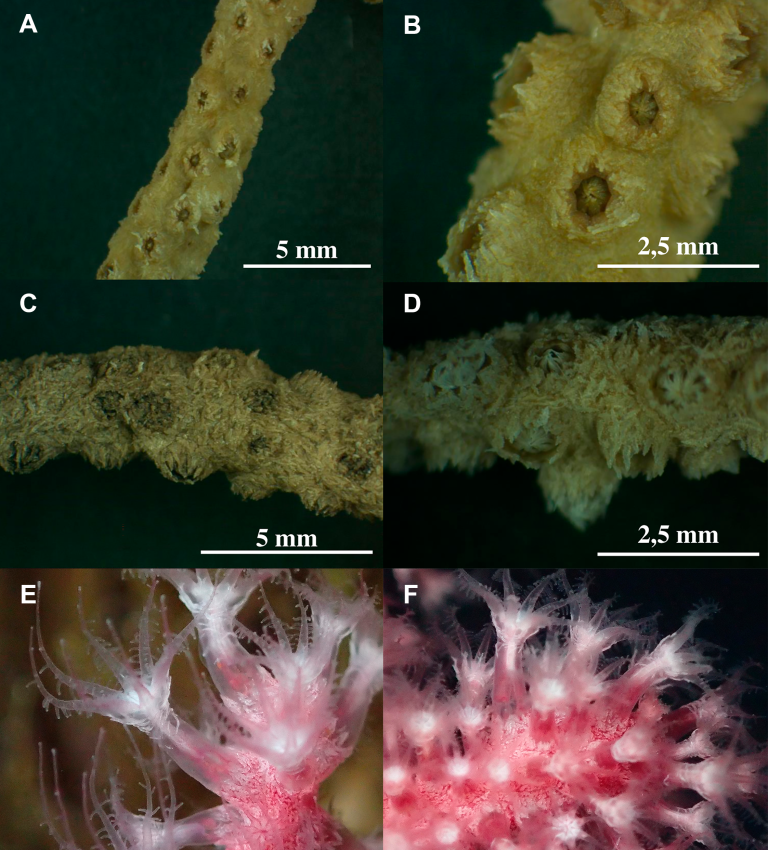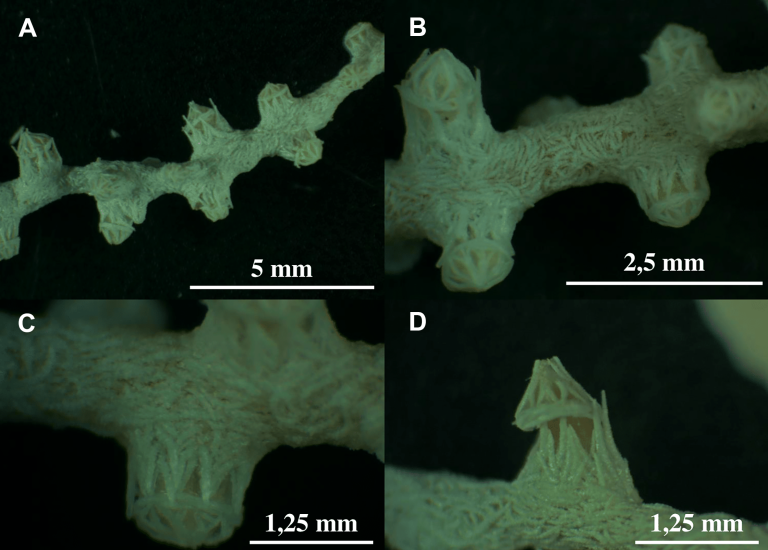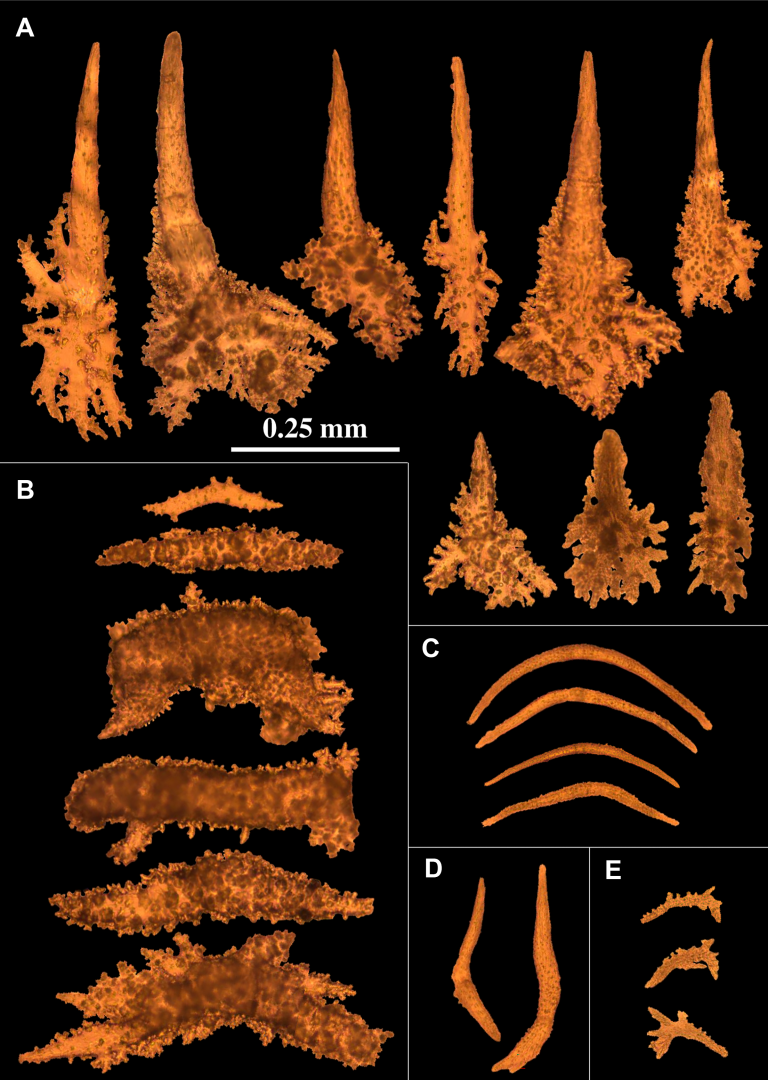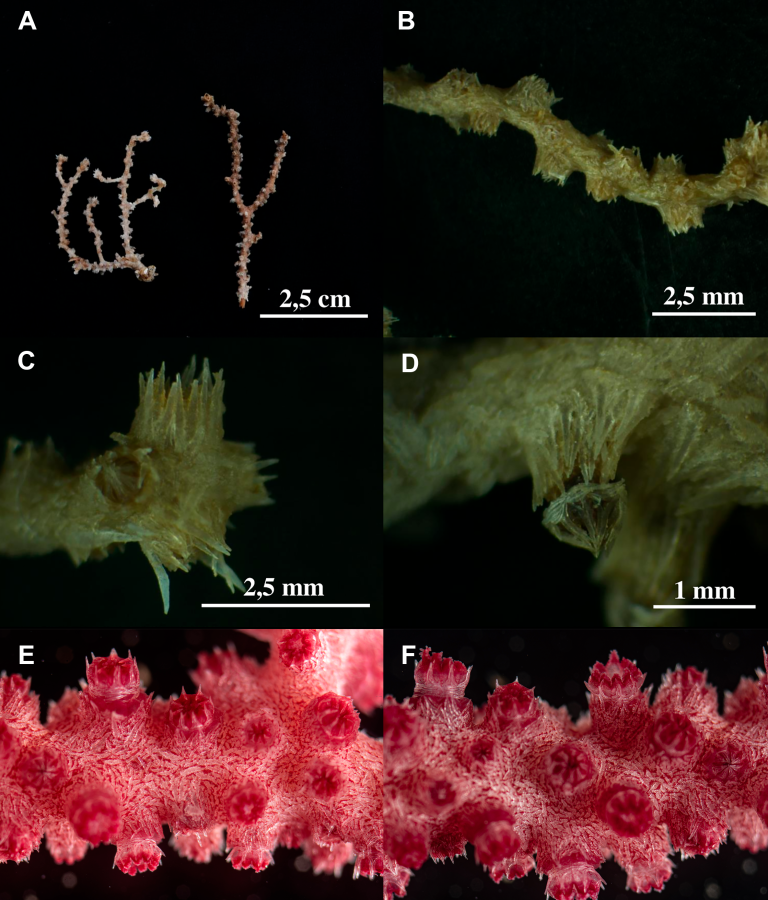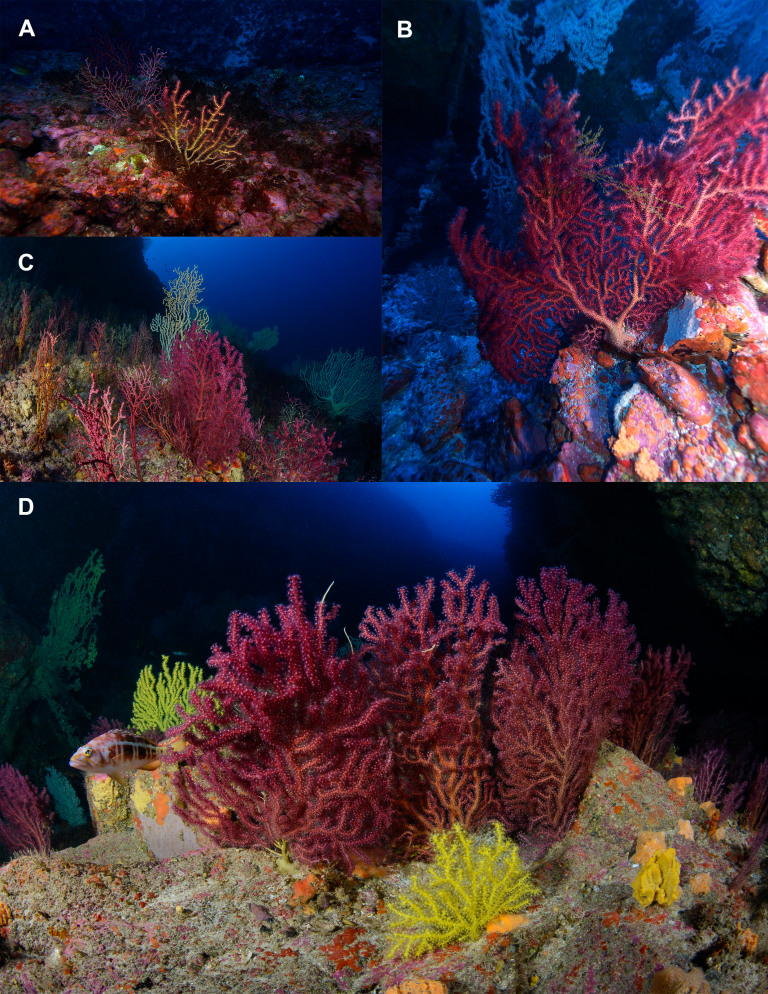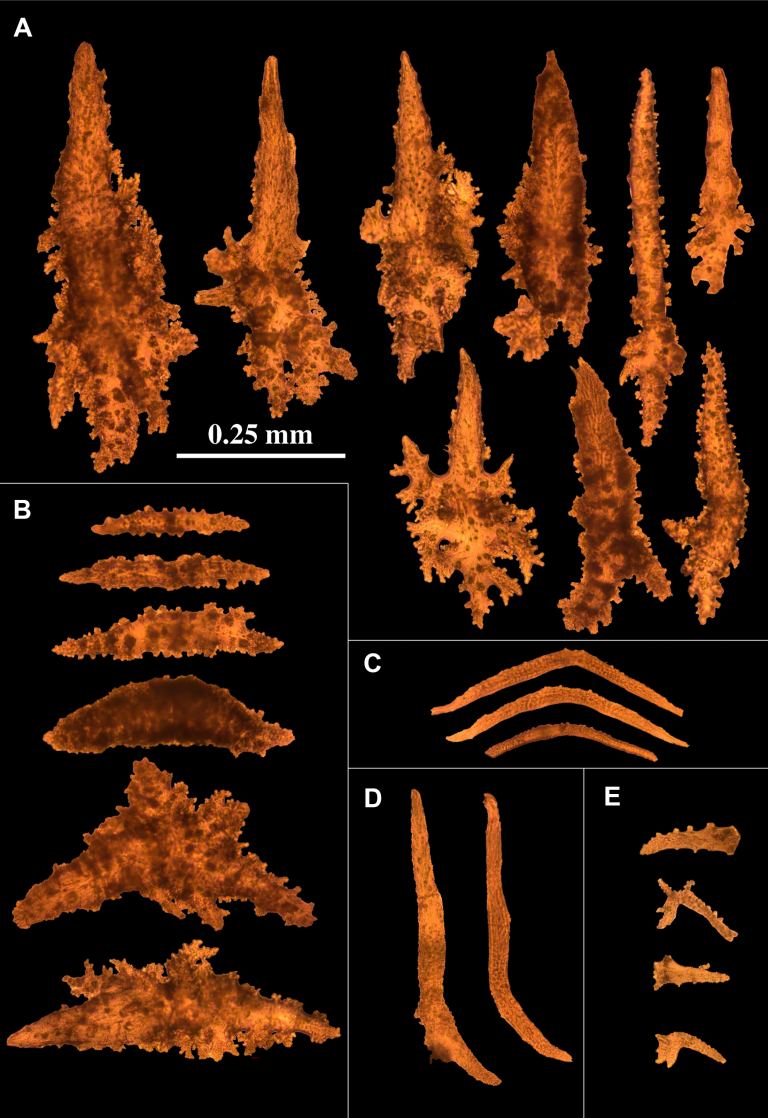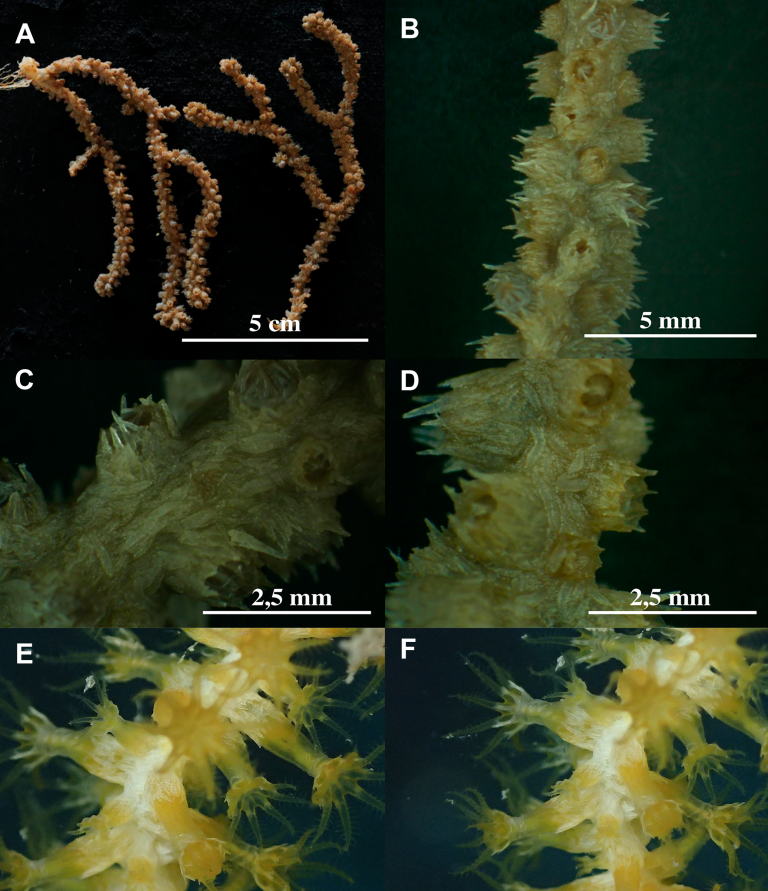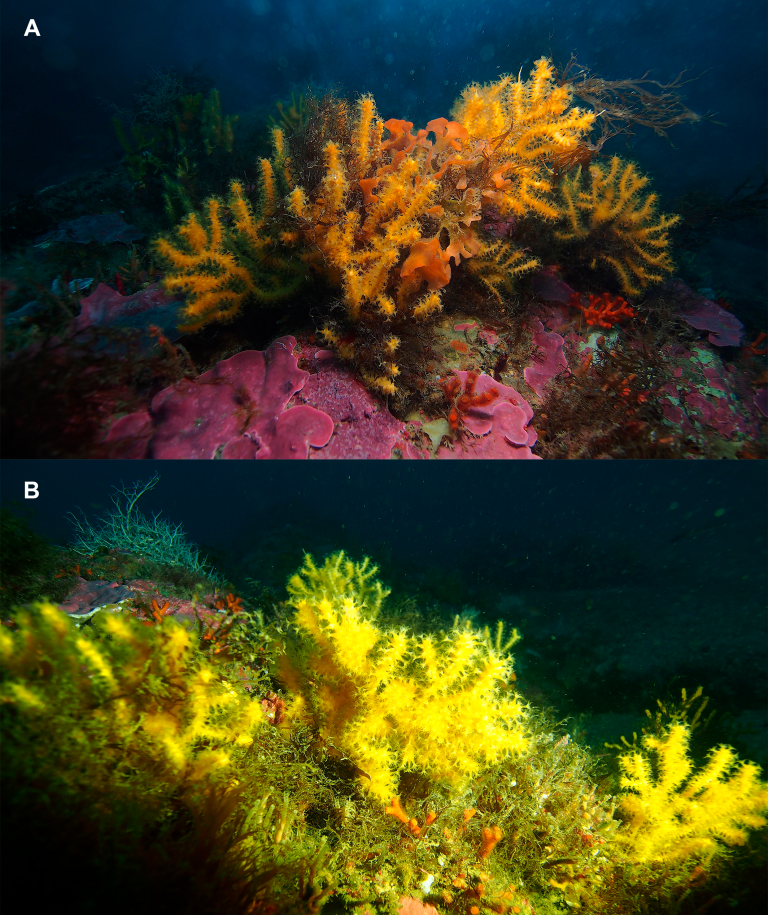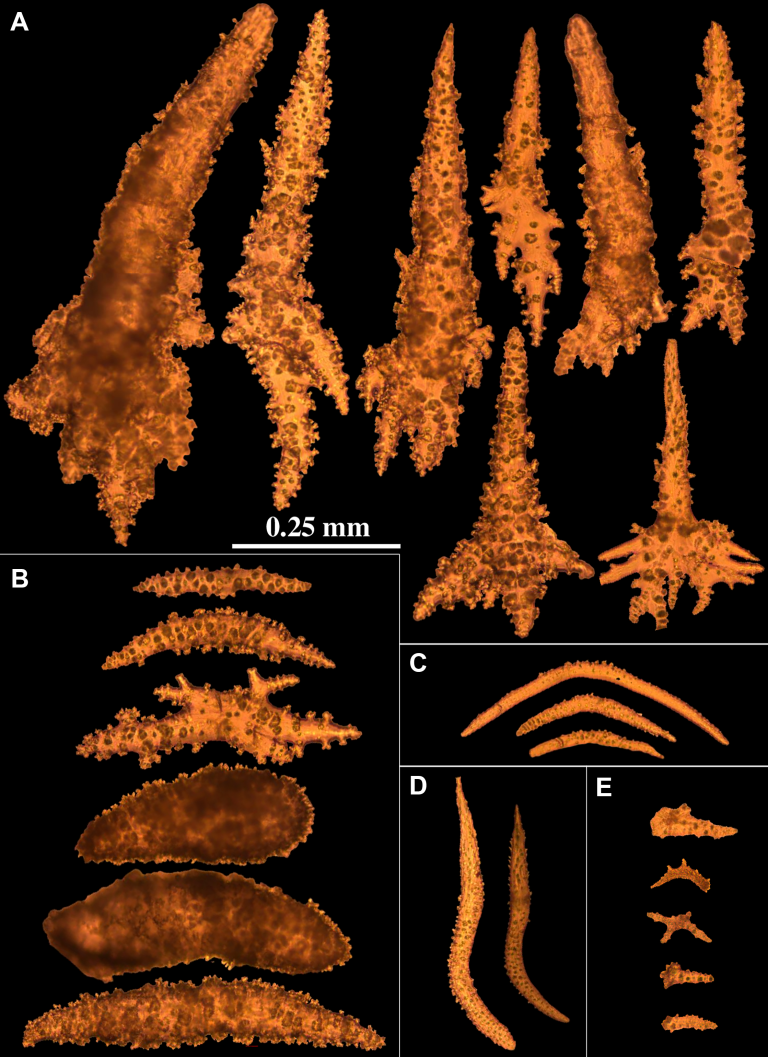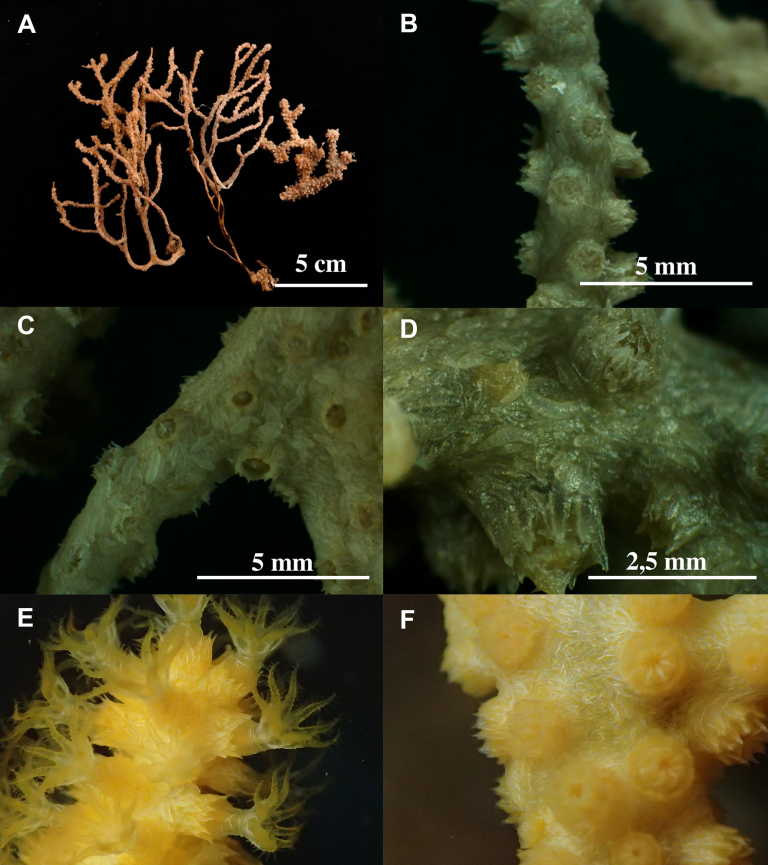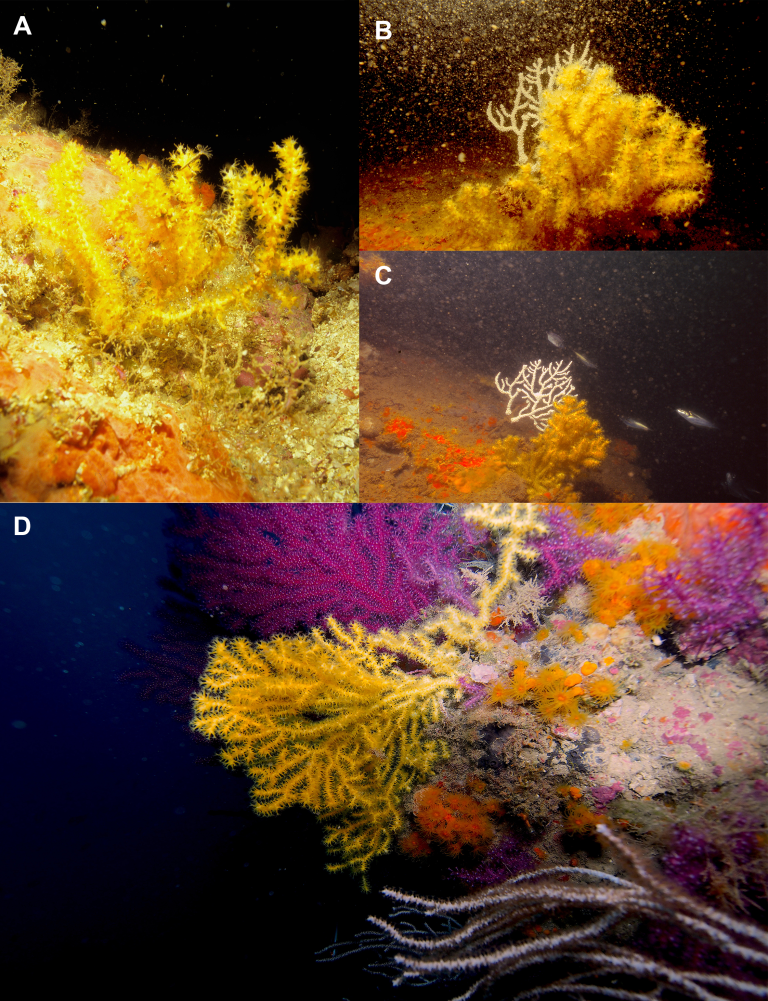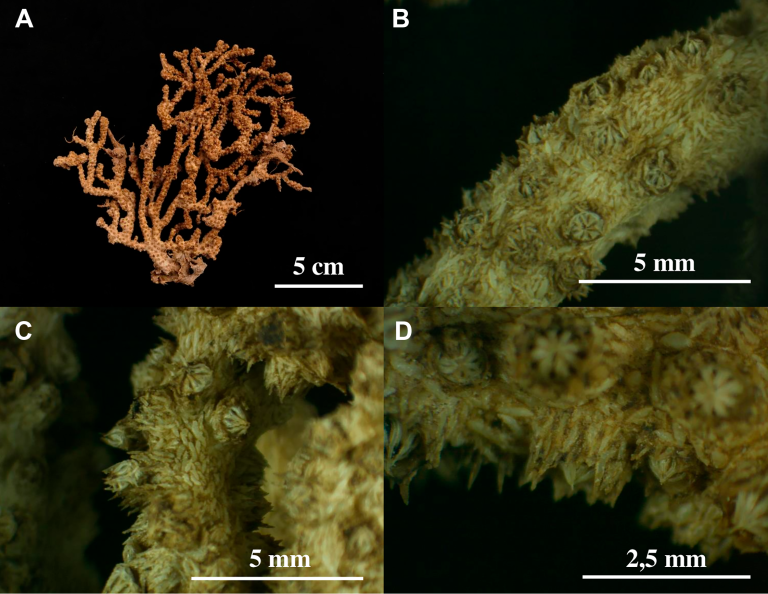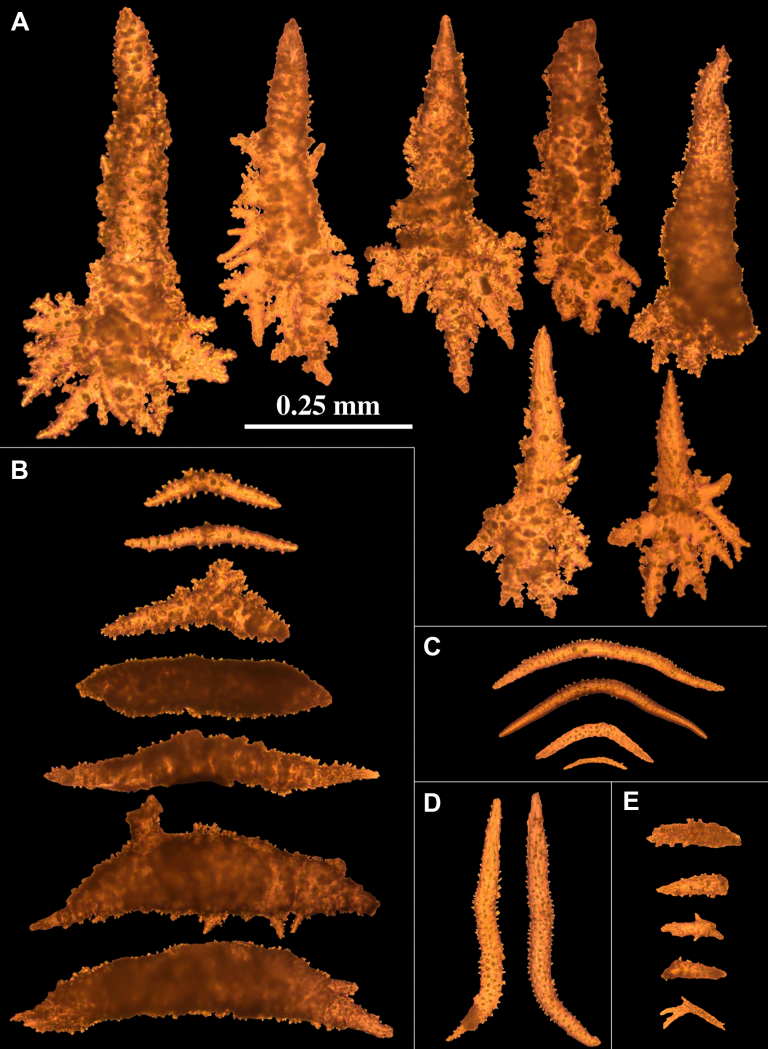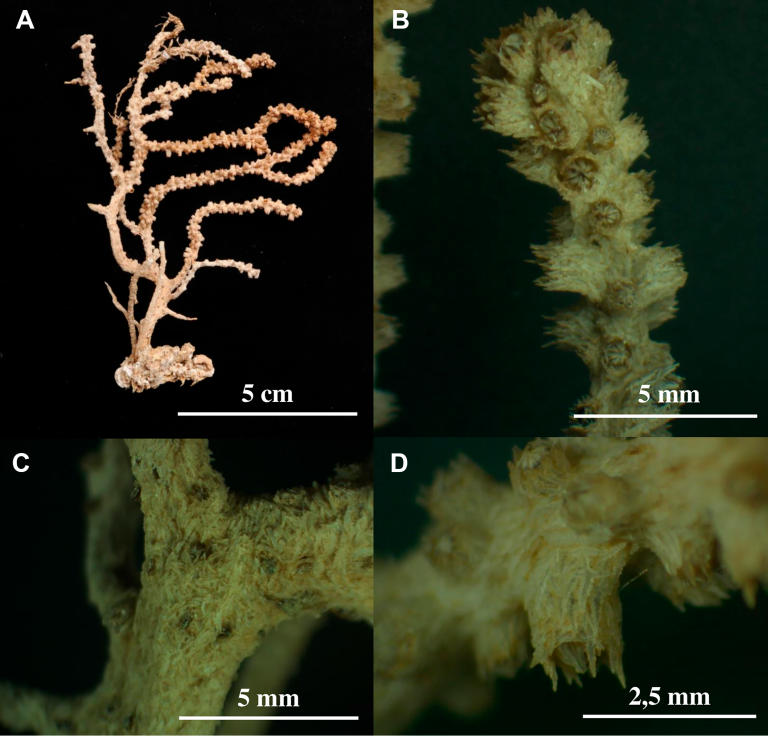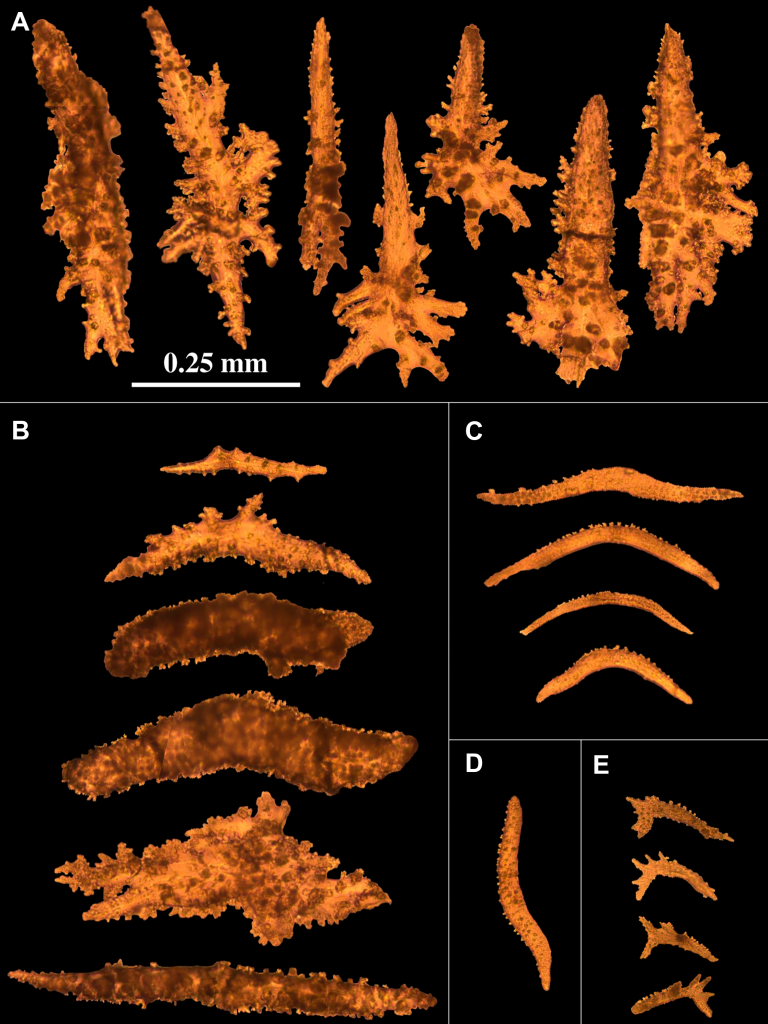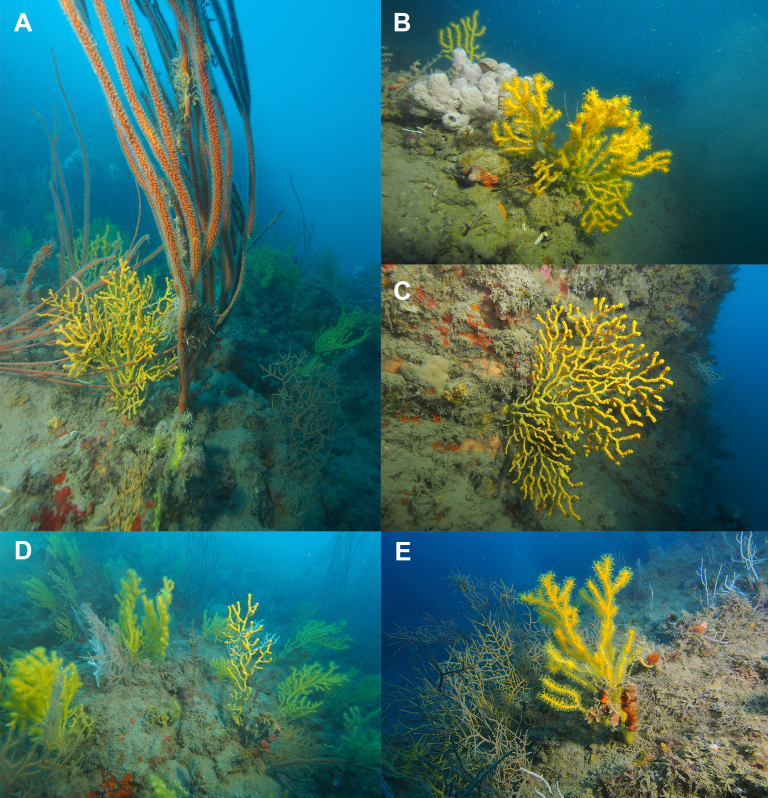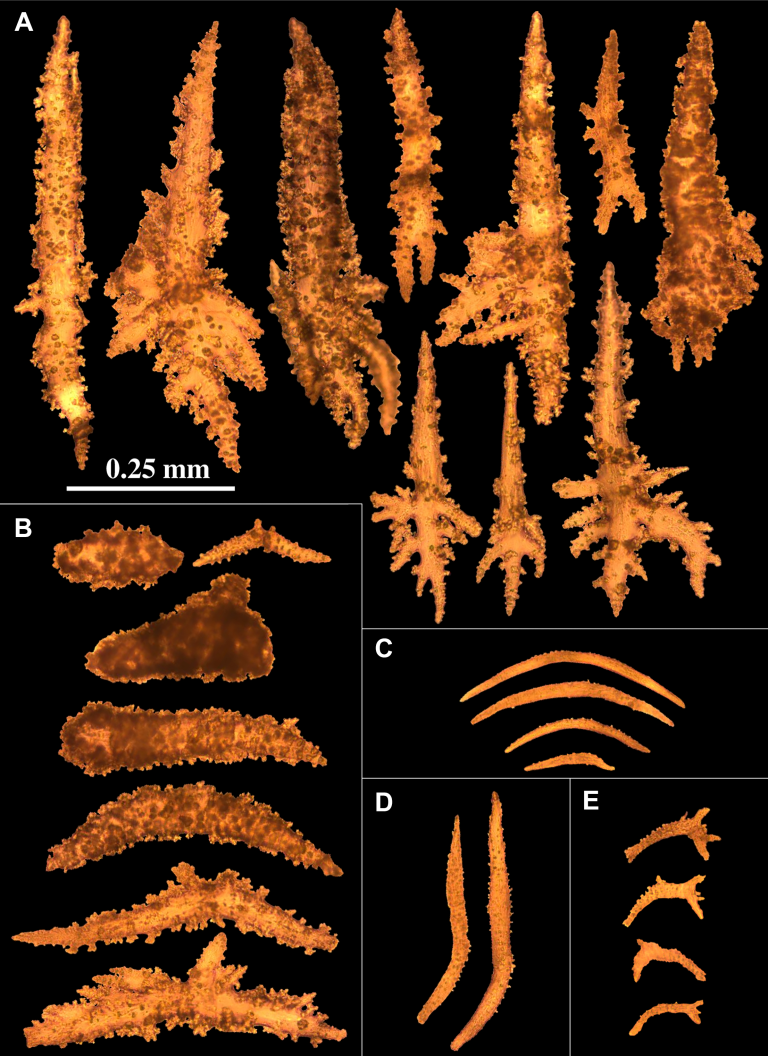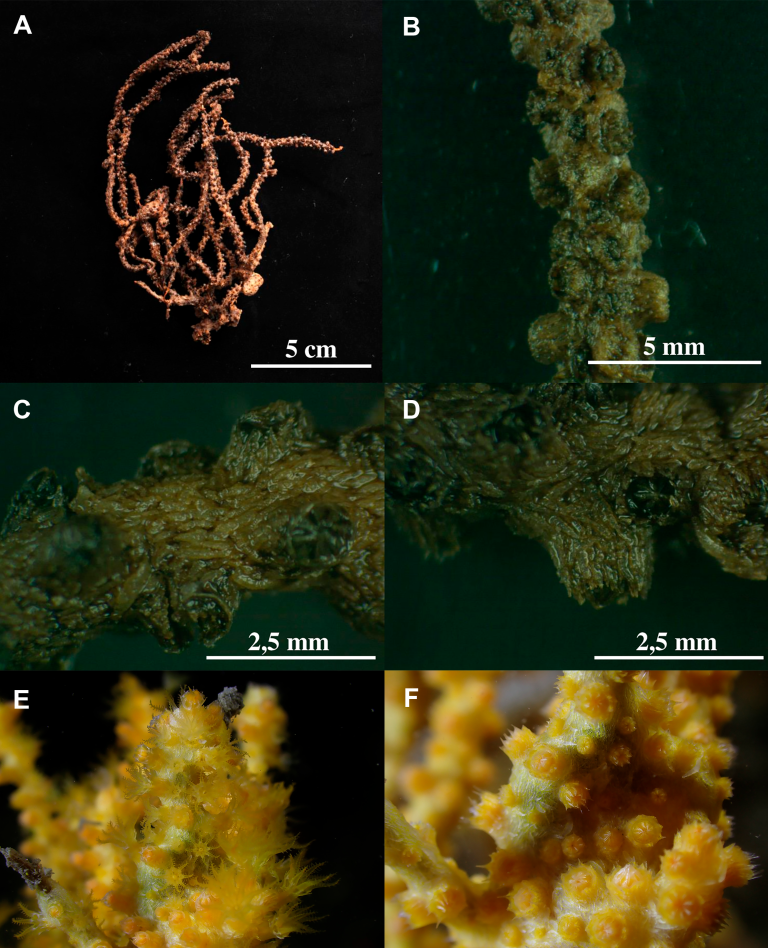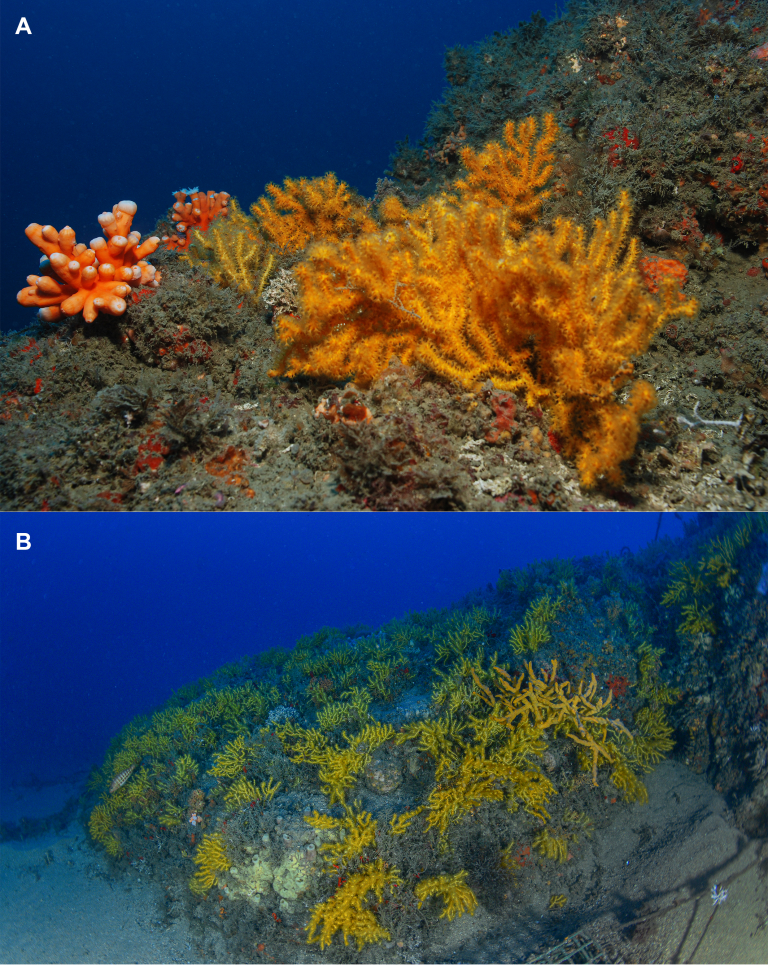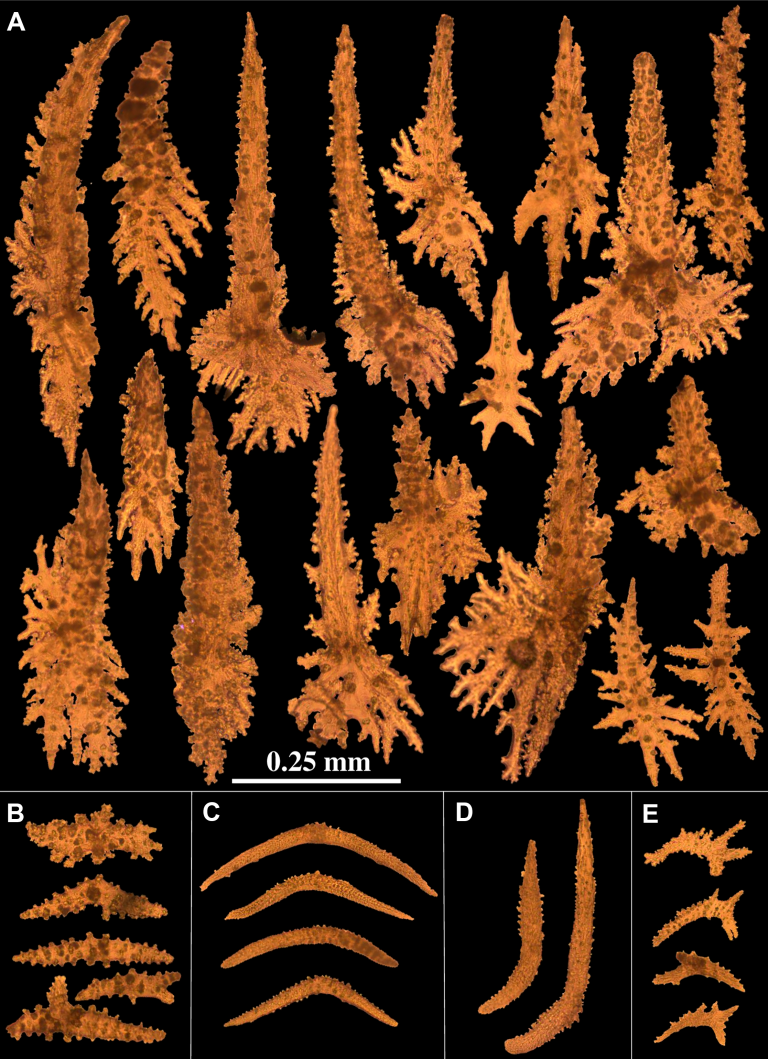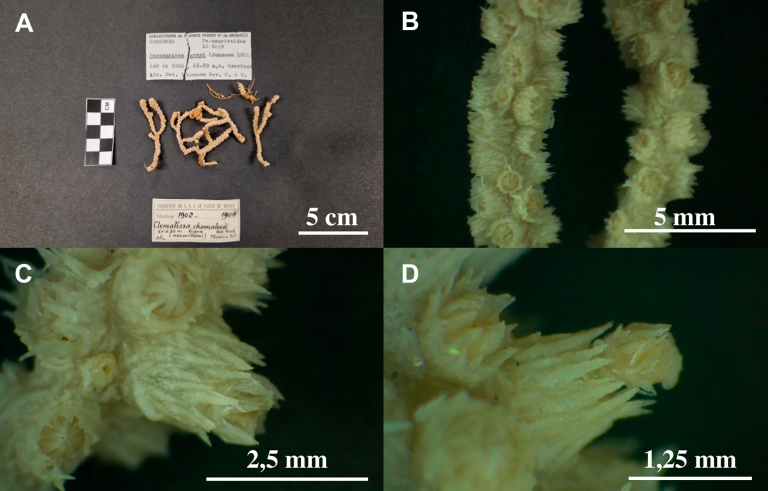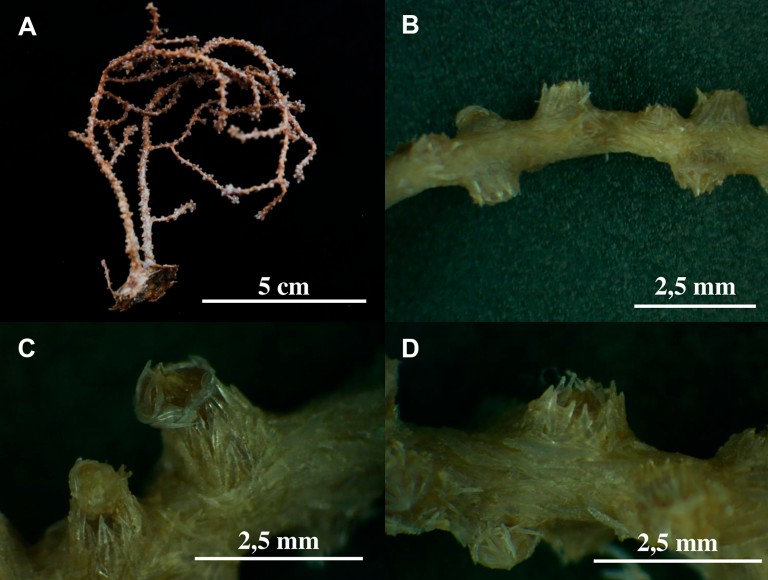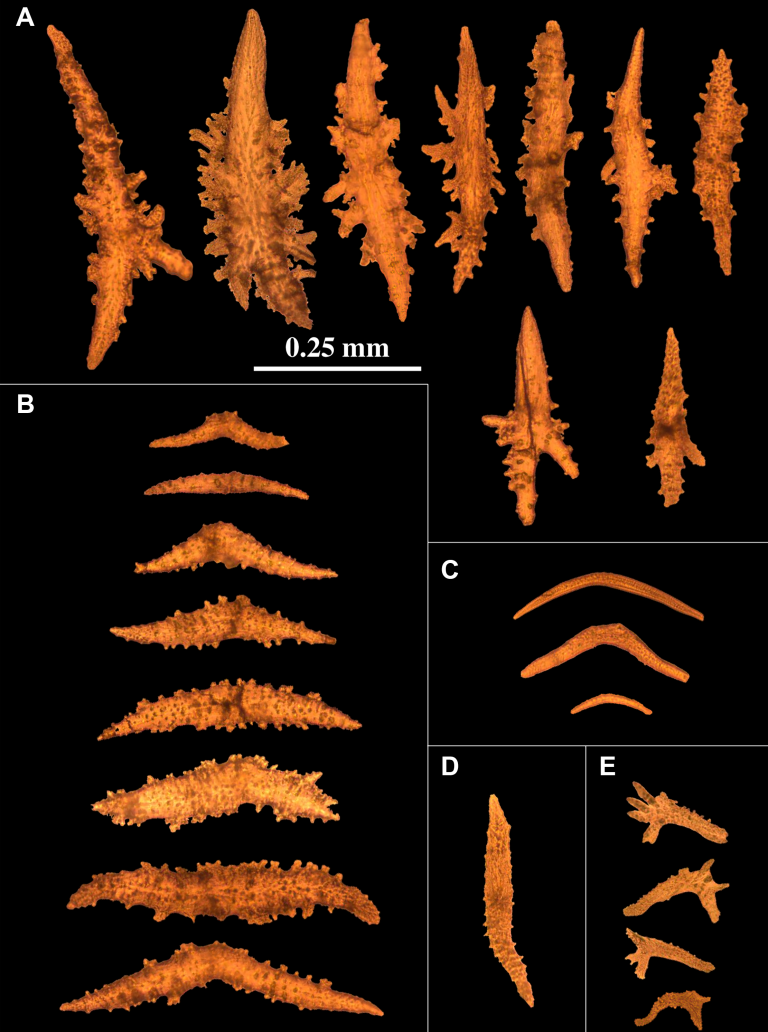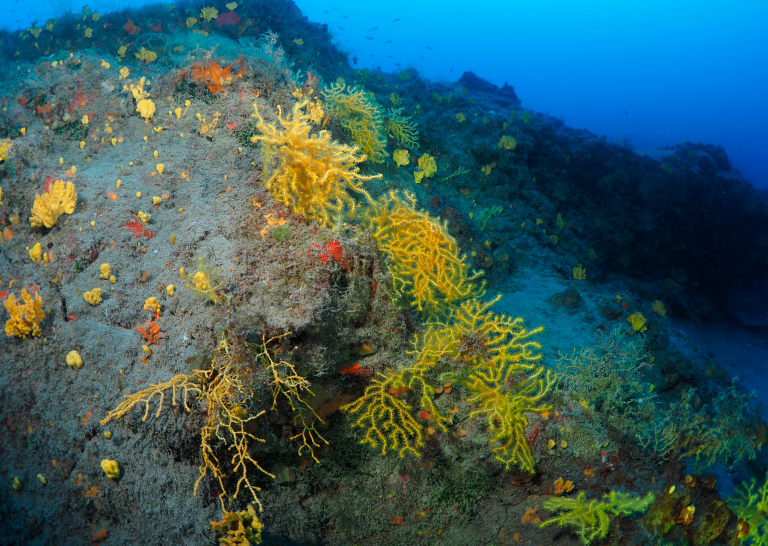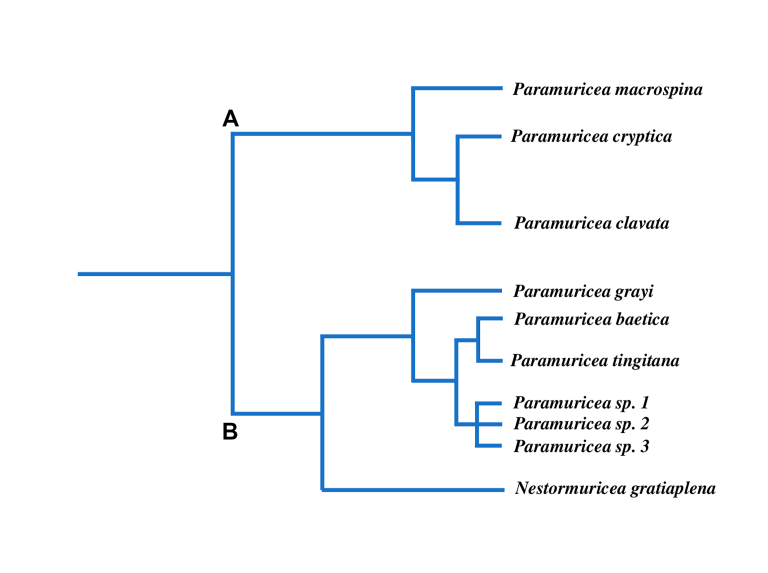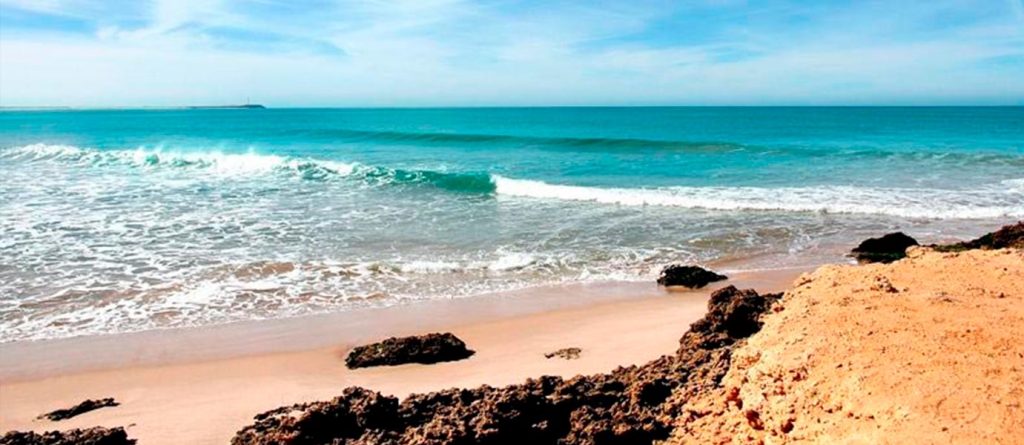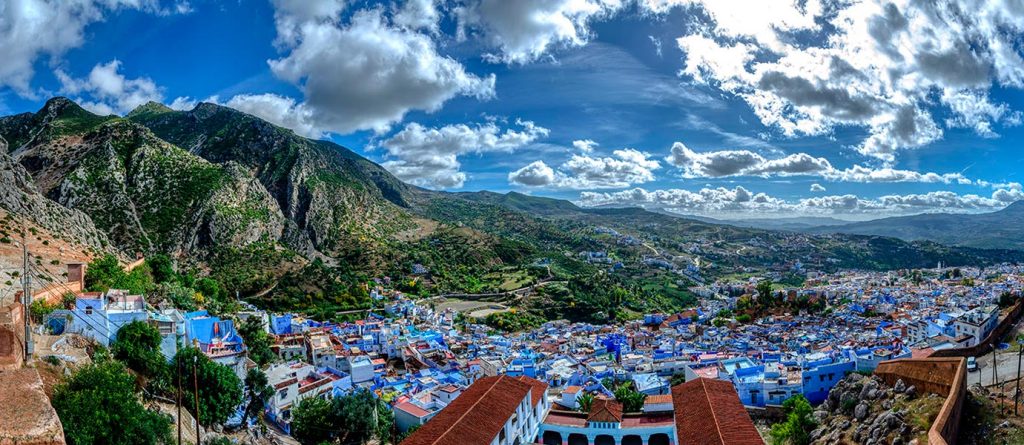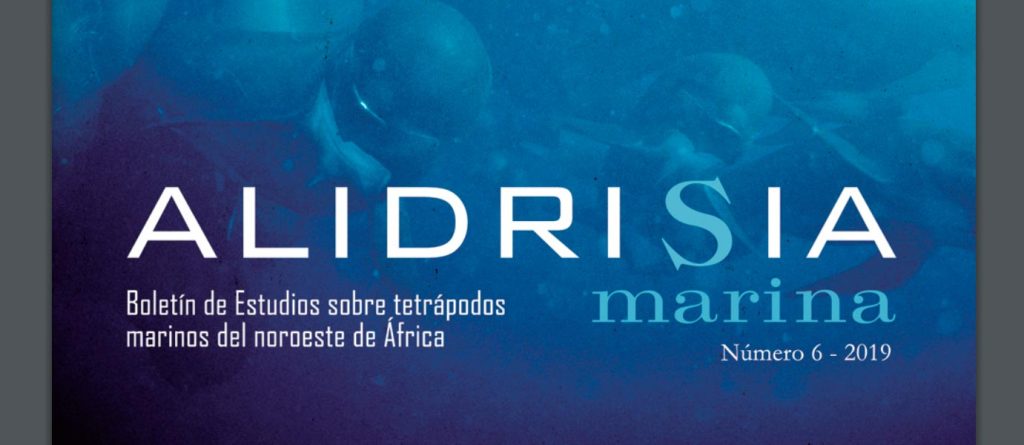Morphotaxonomical and ecological study on circalitoral crypto-species of Paramuriceidae genera in the Northeast Atlantic and Mediterranean
The crypto diversity in Anthozoa is a fact to be searched for and a new challenge in marine research. There is still a high number of new species and taxa of Paramuriceidae to be described along the Atlantic-Mediterranean region (Ocaña et al., in prep.). Unfortunately, there is a lack of clear conclusions on Paramuriceidae gene- tics that help to establish a robust taxonomy. Moreover, the genetic perspective has proved to be tricky in corals (Ocaña & Brito, 2018). Paramuricea grayi inhabit circalittoral habitats (mesophotic environment) from 60 to 120 m deep; it has been exclusively recorded in Madeira and the Canaries. We described three new species of the genus Paramuricea: Paramuricea tingitana; Paramuricea baetica; Paramuricea cryptica and the new genus and species Nestormuricea gratiaplena. From the morpho-taxonomical point of view there are two lineages within circalittoral Paramuriceidae (see Fig. 30): lineage A of rather small thin cortical sclerites and lineage B with large thick cortical sclerites. The Rifien and North Betic corridors might have provided opportunities for adaptation and speciation in the cases of Paramuricea baetica and Paramuricea tingitana.
